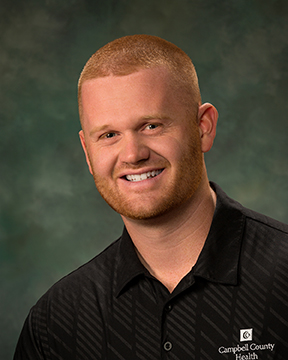
Should you use heat or use ice for your injury? The answer—of course—is
yes. Both ice and heat are appropriate, but it depends on the timing of
the injury and to what extent the swelling.
Physical therapists use ice and heat to manipulate blood flow to different
areas of the body, and as a general rule of thumb:
- for acute or sudden injuries, apply ice treatments for 20 minutes of every
hour that you are able, to reduce swelling and pain
- for chronic or longer term injuries use moderate heat for no more than
20 minutes at time.
Here’s some more information about it.
Have you ever sprained your ankle? You’ve likely noticed that it
becomes swollen and painful very quickly. Throw some ice on it and see
the swelling go down, at least temporarily. When you suffer from an injury
that occurs suddenly (or, an acute injury) your body goes into an inflammatory
process, which is important for healing the damaged tissue. What happens
is that the body directs blood to the injured area, which contains the
necessary ingredients for tissue healing to take place. Vasoconstriction
occurs when icing your ankle—this is the shrinking of the blood
vessels. This action forces the swelling, fluid and blood out of the area
and allows for new blood to come in. Too much swelling and the new blood
has a hard time getting to the damaged tissue, which is why ice is nice
in these situations.
On the other hand, heat is used to increase blood flow to the area, which
is helpful for more chronic pains or an injury from more than a couple
weeks ago. The use of heat helps muscles relax and loosen tissues before
participating in activities. Do not use heat after an acute injury or
after any significant activity such as a sporting event. When using a
heating pad or a hot wet towel, never leave them on for extended periods
of time or while sleeping in order to avoid burns.
If you have any questions about what is the best option for your particular
injury or aches and pains, contact your physical therapist and they will
be happy to help.
Andrew Nielsen, DPT, CSCS, practices at Campbell County Health
Rehabilitation Services in Gillette, Wyoming, which provides complete physical and occupational
rehabilitation care to people with musculoskeletal problems caused by
disease or injury. Rehab Services strives to help you reach your rehabilitation
goals and function at your optimal level, whether you are at home or at
work. Learn more at
www.cchwyo.org/rehab.